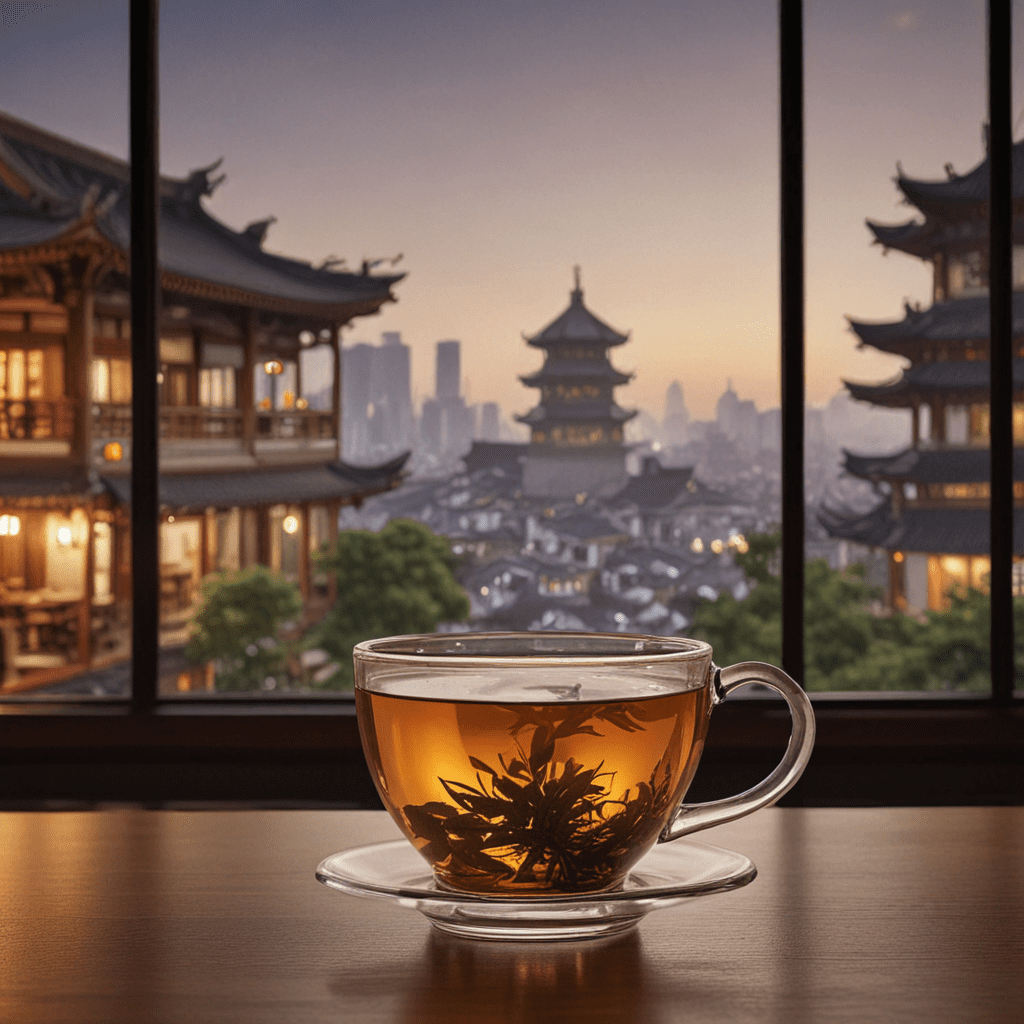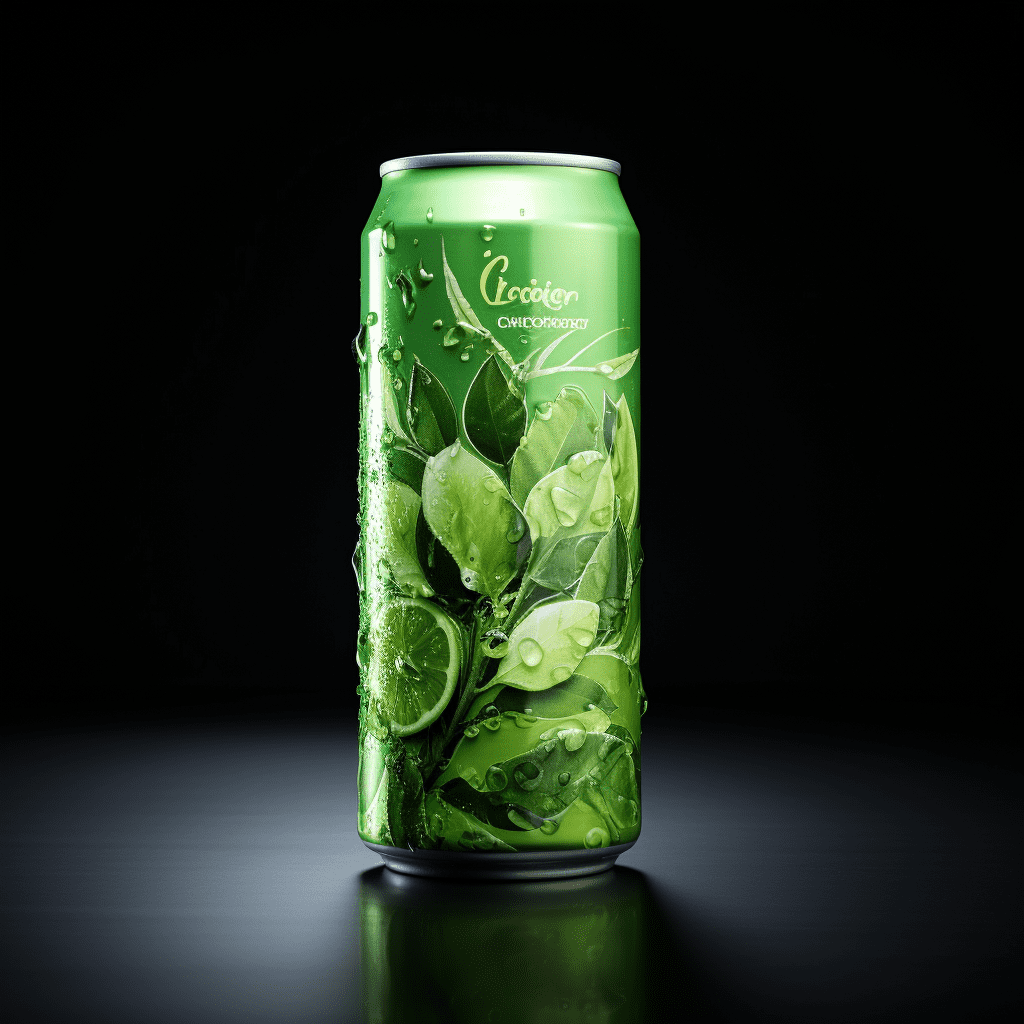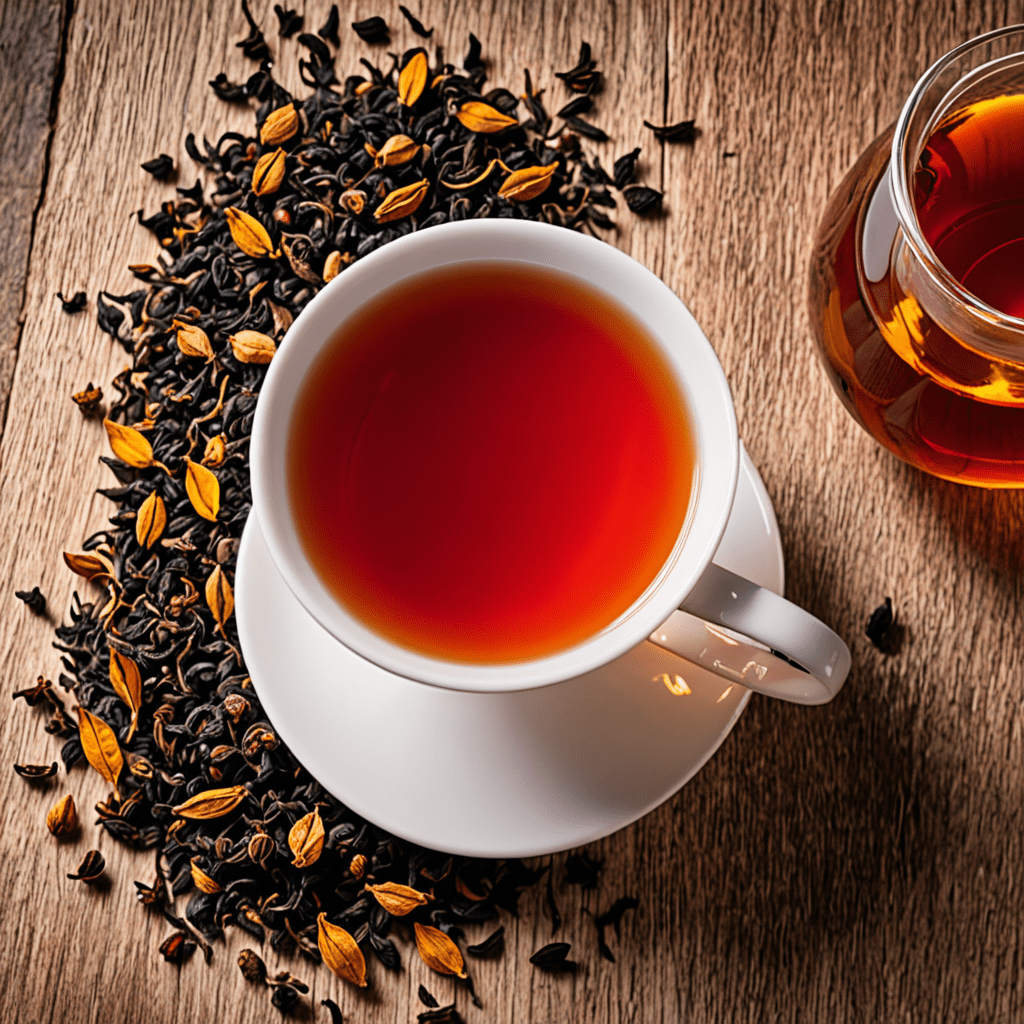Tea: A Historical Overview in China
Tea, an integral part of Chinese culture for centuries, holds a deep-rooted history that has shaped the nation's traditions, rituals, and even its architecture. The earliest known records of tea consumption in China date back to the Han Dynasty (206 BCE – 220 CE), where it was primarily used for medicinal purposes. During the Tang Dynasty (618 – 907 CE), tea became increasingly popular as a beverage, leading to the development of sophisticated tea-drinking customs and the emergence of tea as a symbol of elegance and refinement.
The Rituals and Aesthetics of Tea Culture
Chinese tea culture is characterized by a set of intricate rituals and aesthetic principles that govern its preparation and consumption. The process of brewing and drinking tea became elevated into an art form, with specific guidelines for the water temperature, the type of teaware, and the gestures and etiquette associated with the tea ritual. Appreciation of tea's sensory qualities, from its delicate aroma to its subtle flavors and textures, became integral to the experience, contributing to the holistic and meditative aspects of Chinese tea culture.
The Tea House: A Place of Tranquility and Reflection
Tea houses, or tea gardens, emerged as social and cultural gathering places where individuals could come together to enjoy tea, engage in conversation, and appreciate the surrounding aesthetics. The design of these tea houses reflected the principles of Chinese architecture, incorporating elements such as courtyards, pavilions, and gardens to create tranquil and harmonious environments conducive to contemplation and relaxation. The ambiance of these tea houses fostered a sense of community and provided an escape from the bustling world outside, offering a space for rejuvenation and reflection.
Architectural Elements Inspired by Tea Culture
The influence of tea culture extended beyond tea houses to the design of various architectural elements. Traditional Chinese architecture incorporated features that facilitated tea drinking and enhanced the overall experience. For example, tea alcoves became popular in homes, providing dedicated spaces for tea preparation and storage, while moon gates, often framed with climbing tea plants, offered picturesque views of tea gardens, inviting guests to pause and admire the beauty of the surroundings. The use of natural materials, such as wood, bamboo, and stone, created an organic connection between architecture and nature, reflecting the harmonious principles of tea culture.
The Influence of Tea Gardens on Landscape Design
Tea gardens played a significant role in shaping Chinese landscape design. The cultivation of tea plants required specific environmental conditions, leading to the development of terraced hillsides and the use of irrigation systems. These tea gardens, with their undulating rows of tea plants and winding paths, became an intrinsic part of the Chinese landscape, influencing the aesthetics and principles of traditional garden design. The concept of borrowed scenery, where views of natural surroundings were incorporated into the garden's composition, was often applied in tea gardens, enhancing the overall sense of tranquility and immersion in nature.



